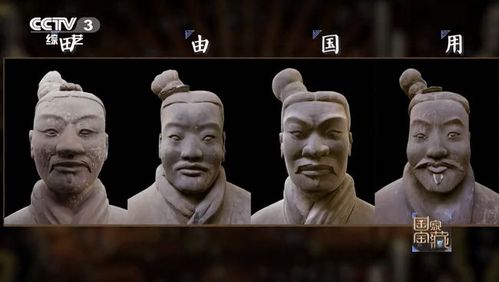
Why the Faces of Terracotta Warriors Are All Different?
We cannot find two identical faces among the excavated terracotta warriors. This intriguing characteristic stems from their intricate making process, a fascinating blend of standardized molding and individualized artistry.
The Standardized Molding Process
Contrary to what one might assume, the terracotta warriors weren't sculpted individually from lumps of clay. Their production involved a more efficient method:
- Body Parts in Pieces: The warriors were created in a sort of ancient assembly line. Different sections – legs, torsos, arms, and heads – were molded separately.
- The Molding Technique: These molds, likely made from clay or wood, allowed for the mass production of basic forms. A mixture of clay and water was pressed into the molds, left to dry, and then fired in kilns.
The Individualized Artistry
This is where the real magic, and the reason for the unique faces, comes in. Once the basic head shapes were fired, skilled artisans took over:
- Carving the Details: Using sharp tools, artisans meticulously carved the distinct features of each warrior's face. This included the eyes, nose, mouth, ears, hairstyles, and even facial expressions.
- A Touch of Realism: It's believed that the artisans drew inspiration from real soldiers, perhaps even using them as live models. This dedication to capturing individual likeness resulted in the astounding variety we see today.
- More than Just Faces: This individualization wasn't limited to faces. Artisans also carved unique details into the warriors' armor, hairstyles, and even hand positions, further enhancing the realism and individuality of the army.
A Testament to Ancient Craftsmanship
The unique faces of the Terracotta Army offer a glimpse into the incredible skill and dedication of the Qin dynasty artisans. They managed to harmonize standardized production with individual artistry, creating an army that is both uniform and strikingly diverse, a testament to their ingenuity and a treasure for the world to marvel at.
Q&A
Q: Were the terracotta warriors painted?
A: Yes, the terracotta warriors were originally painted in vibrant colors. However, much of this paint has flaked off over the centuries due to exposure to the elements.
Q: How many terracotta warriors are there?
A: It is estimated that there are over 8,000 terracotta warriors within the three pits at the burial site of Emperor Qin Shi Huang.
Q: Why were the terracotta warriors made?
A: The terracotta army was created to guard the tomb of Emperor Qin Shi Huang in the afterlife. The emperor believed that his power and achievements in life should continue with him into the next world.